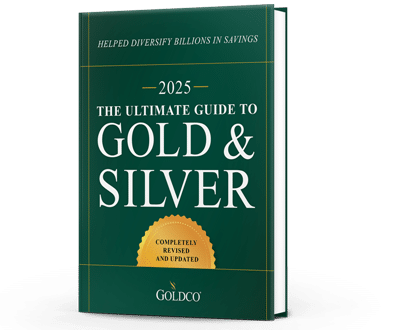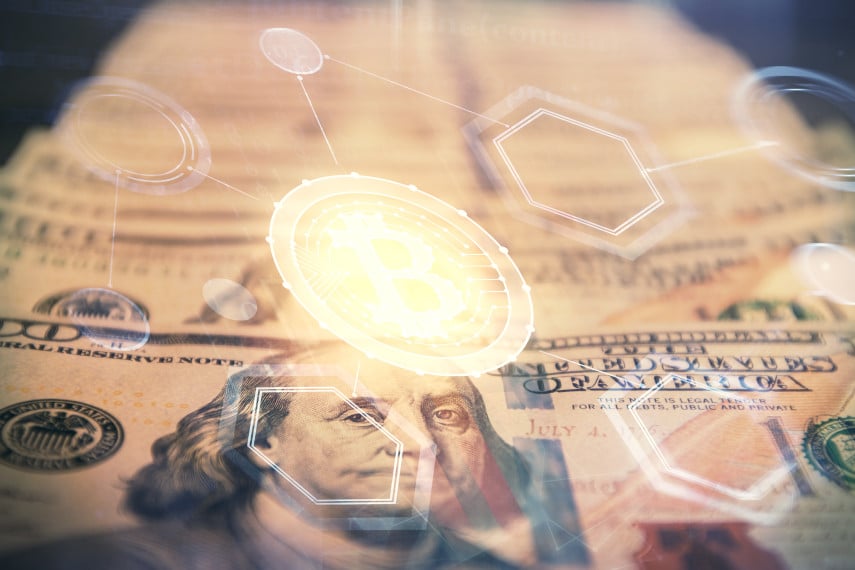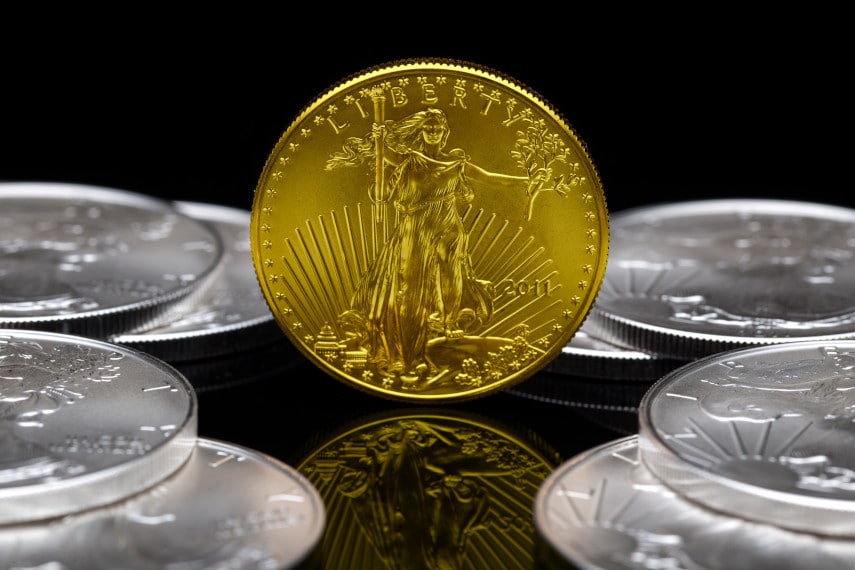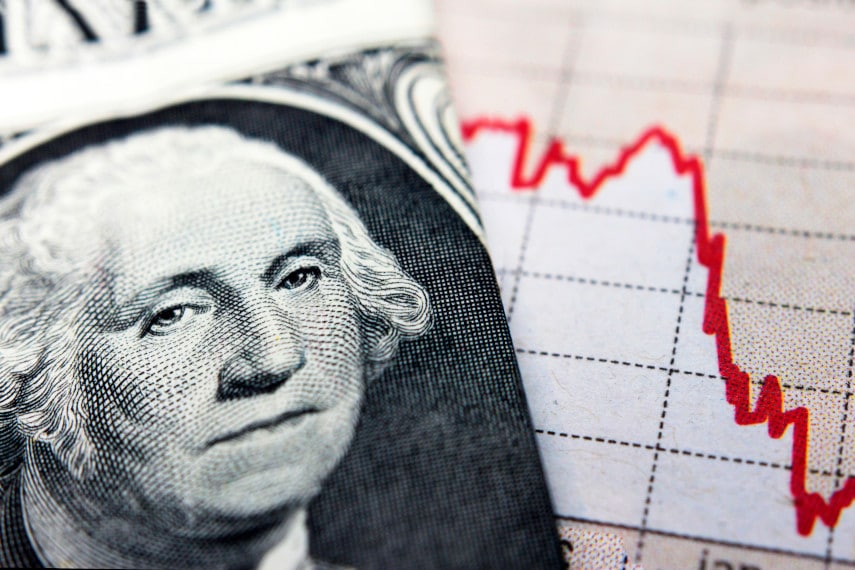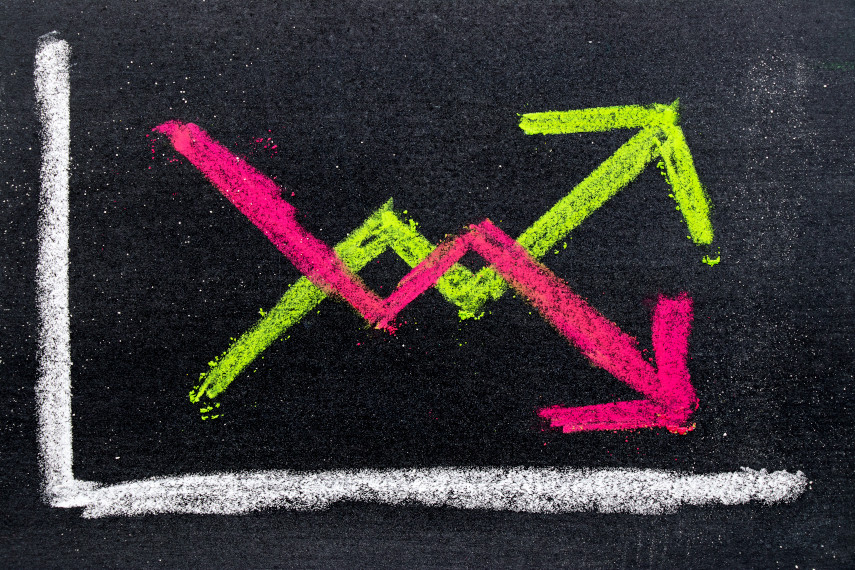
Recession is officially defined as two consecutive quarters of declining growth, with growth defined as gross domestic product (GDP). By that measure, the US economy definitely experienced a recession last year, but is out of it now. That’s why we’re hearing so much about how the economy has “recovered.”
But it’s pretty easy to have that sort of “recovery” when you’re just trying to get back to normal after a government-mandated shutdown. The real key to recovery is whether the economy will continue to grow. And that’s where the economy may be having some difficulty.
After the 2008 recession, it took some time for the economy to get back on track, and once it did it never got back to the same level of growth it had before the recession. While everyone expects the economy today to return to its pre-pandemic size and growth rates, that’s not a certainty. And we’re not out of the woods when it comes to the possibility of a double-dip recession either.
Many investors are getting nervous about the direction of the economy, wondering whether we’re really seeing a recovery. Here are three reasons a real recovery is unlikely.
1. GDP Issues
It’s easy to paint a rosy picture of the economy when discussing GDP figures. You might hear things such as the economy grew at a 6% rate, or that GDP has increased by double digits year on year. Those sound impressive, until you remember that the economy shrank by over 30% during the lockdowns. So let’s put that into perspective.
For one thing, when you hear that the economy grew at 6%, you’ll sometimes hear it clarified that that’s an annualized rate. So that means the economy grew about 1.5% from the last quarter. There’s no guarantee that it will continue to grow at that rate for an entire year.
When you hear about double-digit growth year on year, that’s only possible because the economy was in the dumps last year. Let’s give pre-crisis GDP a level of 100, which means that it fell to around 70 during the lockdowns. If it’s now up to 90 a year later, that’s a nearly 30% rate of growth year on year. But it still means that the economy is down 10% from where it was before the pandemic.
That also means that if you hear that the economy contracted 31% during the lockdowns but then grew 33% after the lockdowns, it hasn’t actually grown back to where it was. A 33% gain after a 31% loss means you’re still down over 8%. It would take a 45% gain to get back to where you were before, and a 48% gain to get back to where you would have been or should have been today if the economy grew 2% annually. This should make it clear that the US economy is still not fully recovered.
2. Employment Numbers
What’s even more worrying is just how many people are still out of work. Headlines surrounding employment figures tout amazing job growth, such as 900,000 jobs added in a single month. But in an economy in which over 20 million people were out of work, that’s not that impressive.
There are still 8 million fewer jobs today than there were before the pandemic, and that’s not reflected in unemployment figures. The unemployment rate can only figure people who are working or out of work and looking for work. If millions of people drop out of the job market and stop looking for work, they don’t get counted.
Those 8 million people still without jobs make up about 5% of the pre-pandemic employed count. And that means that the official 6% unemployment rate should really be a lot higher than it is. But because of the way it’s calculated, it’s not capturing the real damage to the workforce and the real rate of unemployment.
With so many fewer jobs, and so many more people relying on unemployment benefits, the net drain on the US economy both in terms of decreased production and increased wealth transfer to fund government handouts could be significant.
3. Inflation and Shortages
The new wrinkle that everyone is having to deal with nowadays is the fact that inflation is rising and shortages are starting to appear throughout the economy. Prices of raw materials and industrial inputs such as copper, lumber, and gasoline have risen significantly since last fall, and producers are seeing continued pressure from these higher prices. Those price increases are being passed on to consumers, who will have to end up paying more for their goods.
At the same times as prices are increasing, shortages of certain goods are popping up within the supply chain too. The global chip shortage, for instance, is disrupting every sector of the economy and causing massive delays in production of automobiles, home appliances, and other electronic consumer goods. Experts are predicting that the shortage could last another two years.
Being confronted with a lack of availability of goods on the one hand and higher prices for whatever is available on the other hand is not something that US consumers are used to. The effects of both inflation and shortages could suppress any attempt at recovery currently taking place, and could significantly dampen economic growth this year and next.
What Does This Mean for You?
The most obvious implication for most people is that the US economy could very well end up stagnating. We may find ourselves in a repeat of the 1970s, with high unemployment, high inflation, and an economy that struggles to get off the ground.
With higher inflation will come a higher cost of living, which could negatively impact those on fixed incomes such as retirees. That’s why so many people who are nearing retirement are starting to take stock of the situation and taking steps today to protect their retirement savings against loss, whether to stock market corrections or to inflation.
Rising inflation could take a significant bite out of investment returns, which is why investors are always looking for assets that will offer protection against inflation. And increasingly they’re turning to an old standby – gold.
Gold’s ability to maintain its value and purchasing power over time despite the rise of inflation is well known among precious metals investors. And now that more and more investors have become aware of that, many new investors are turning to gold to protect their wealth.
Millions of investors watched in horror as the investments they had built up for years melted away during the 2008 financial crisis and its aftermath. Many of them watched as gold climbed during that period, reaching new highs in 2011 while stock markets will still floundering. And many of those investors vowed that they would be invested in gold the next time a similar situation reared its head.
We could very well be facing such a situation today, with the economy potentially on the verge of a second recession, one that could dwarf not only last year’s recession, but also the 2008 financial crisis. Are your assets protected?
If you have investments that you want to protect, especially retirement savings, now is the time to start thinking about protecting them. Contact the experts at Goldco today to learn more about how gold can help keep your retirement savings safe and secure.

